PRINCE Philip died of “old age” according to his death certificate which lists his occupation as the “Queen’s husband.”
The Duke of Edinburgh passed away “peacefully” at Windsor Castle on April 9 – but Buckingham Palace did not reveal any further detail.
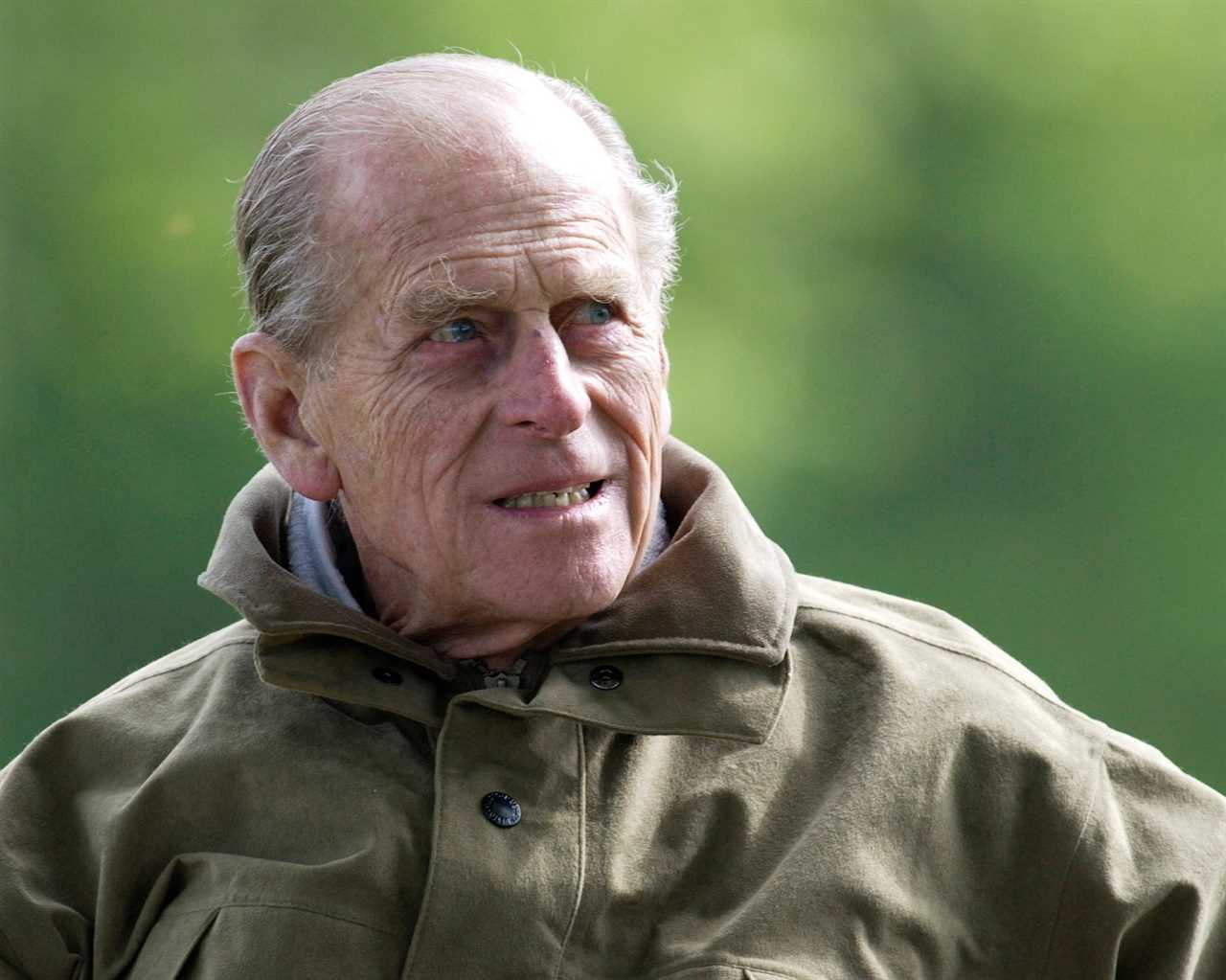
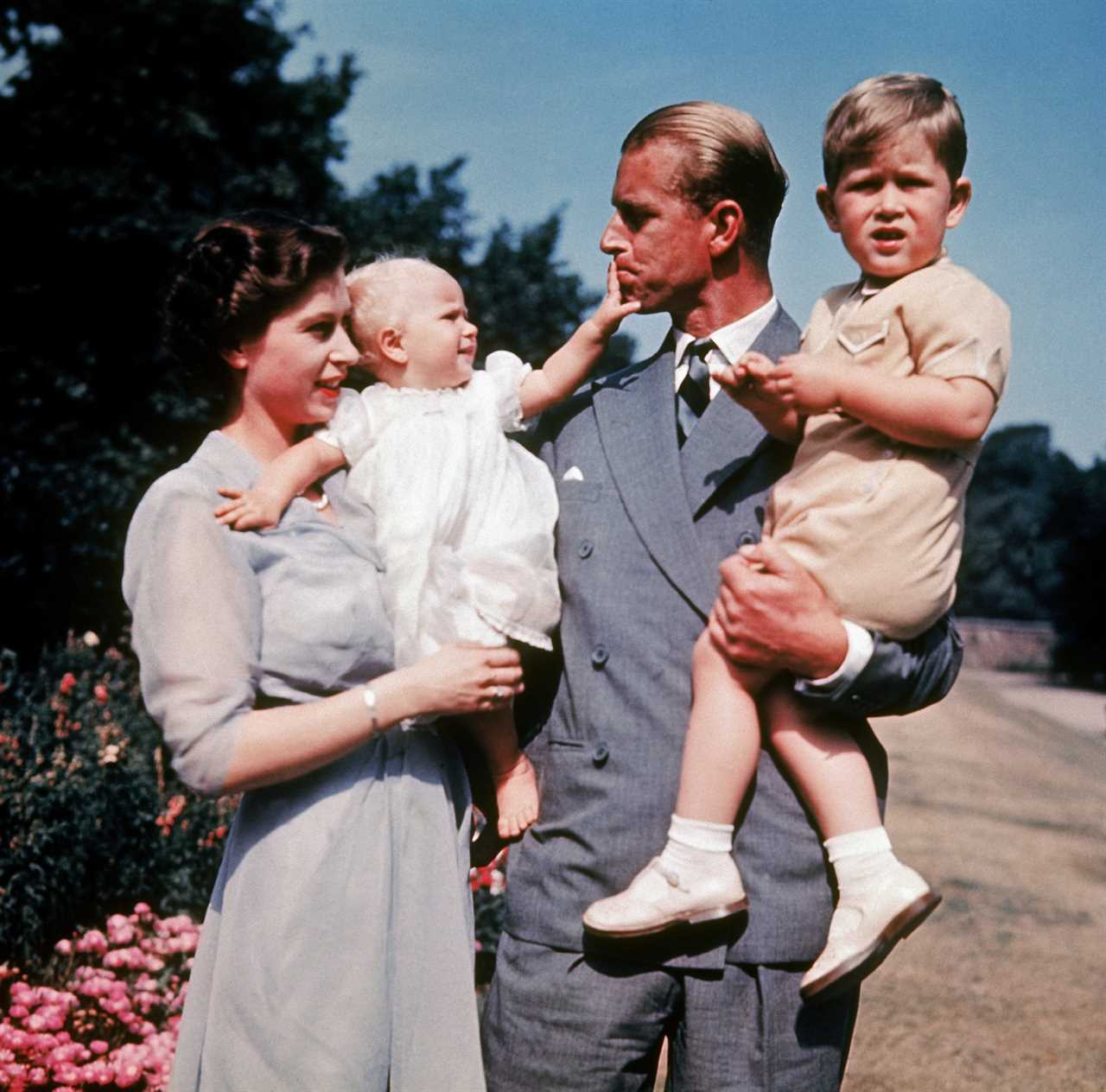
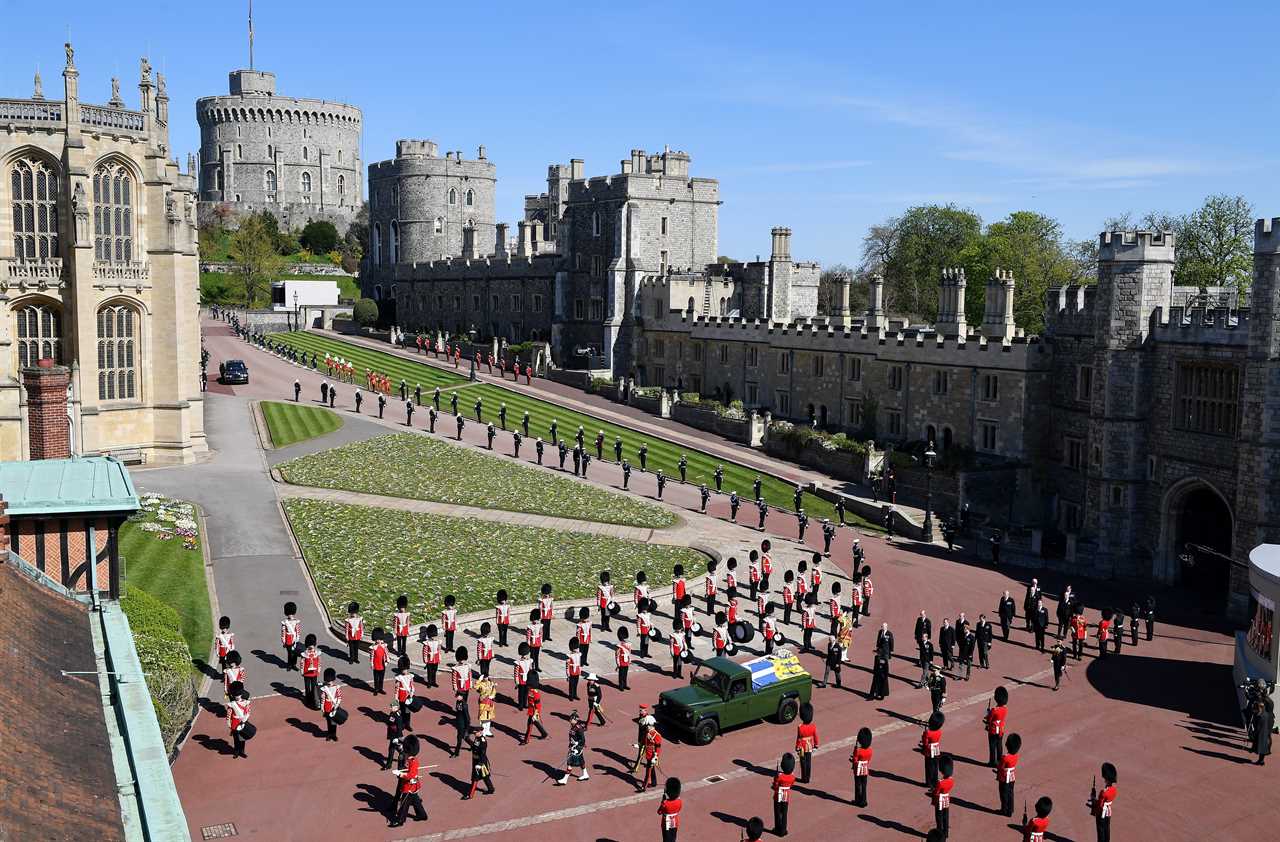
Now his death certificate has declared the cause of his passing as “old age”, reports The Telegraph who obtained the document.
The cause of death was certified by Sir Huw Thomas, the head of the royal medical household, who identified no disease or injury that could have contributed to his death.
This includes the heart condition which saw him undergo a surgical procedure just weeks before he died.
Old age can be listed as a cause of death if the patient is over 80 and if the doctor who has cared for them for a long period observed a gradual decline.
Philip’s death was registered four days after his death with the Royal Borough of Windsor and Maidenhead by his private secretary, Brigadier Archie Miller-Bakewell.
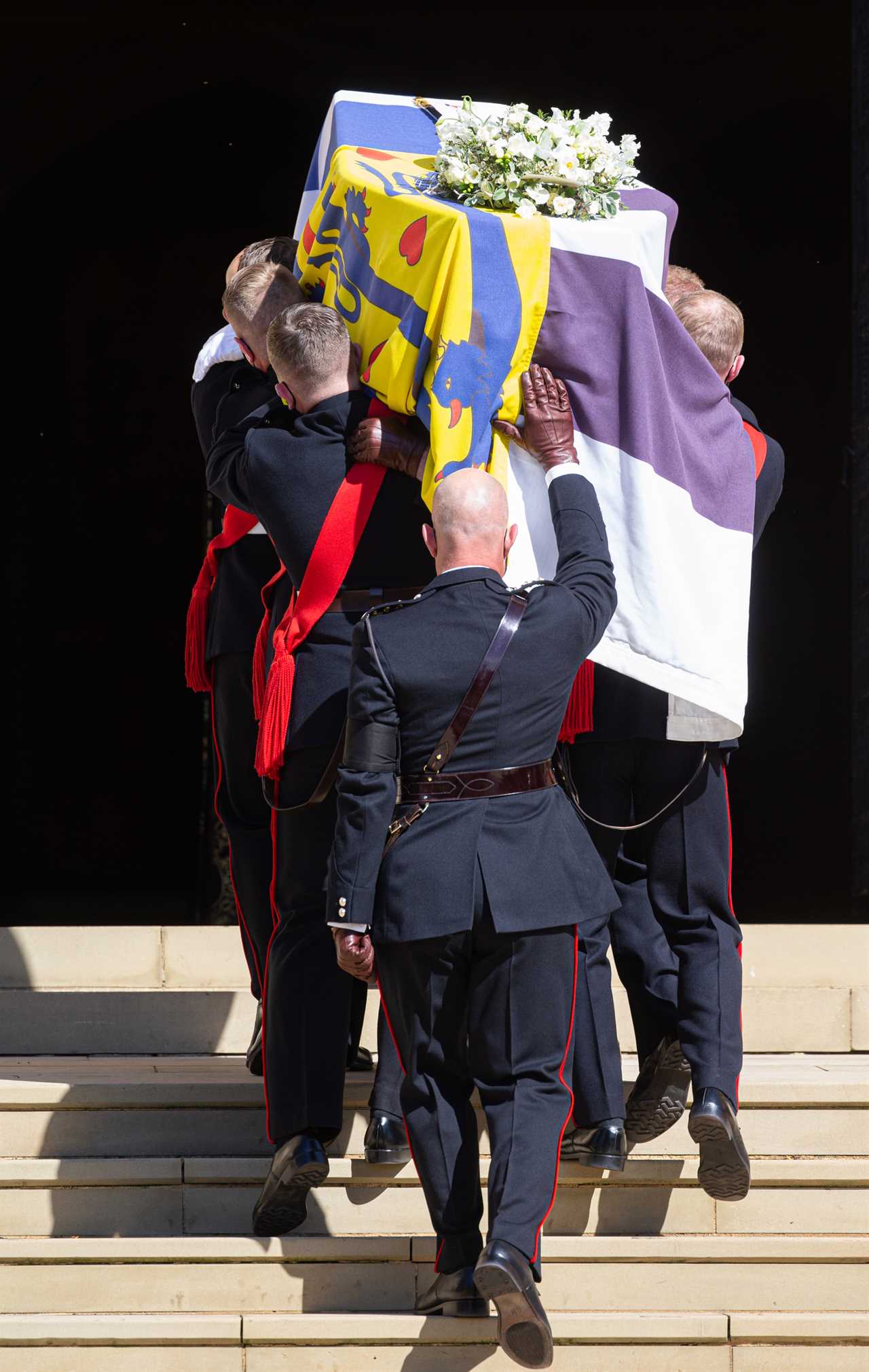
The certificate lists his full name as: “His Royal Highness The Prince Philip, Duke of Edinburgh formerly known as Prince Philippos of Greece and Denmark formerly known as Philip Mountbatten.”
And it lists his first occupation as Naval Officer, while his second is “husband of Her Majesty Queen Elizabeth II, The Sovereign.”
As the informant, Mr Miller-Bakewell’s qualification was listed as “causing the body to be buried”.
He was the at the front of a small team of loyal staff who walked behind the Duke’s coffin at his funeral.
Since the coronavirus pandemic hit the council has requested all deaths to be registered by telephone.
Usually it is a relative who registers a death – however anyone who was present at the death, an occupant of the house where the death occurred or the person making the arrangements with the funeral directors, is permitted to do so.
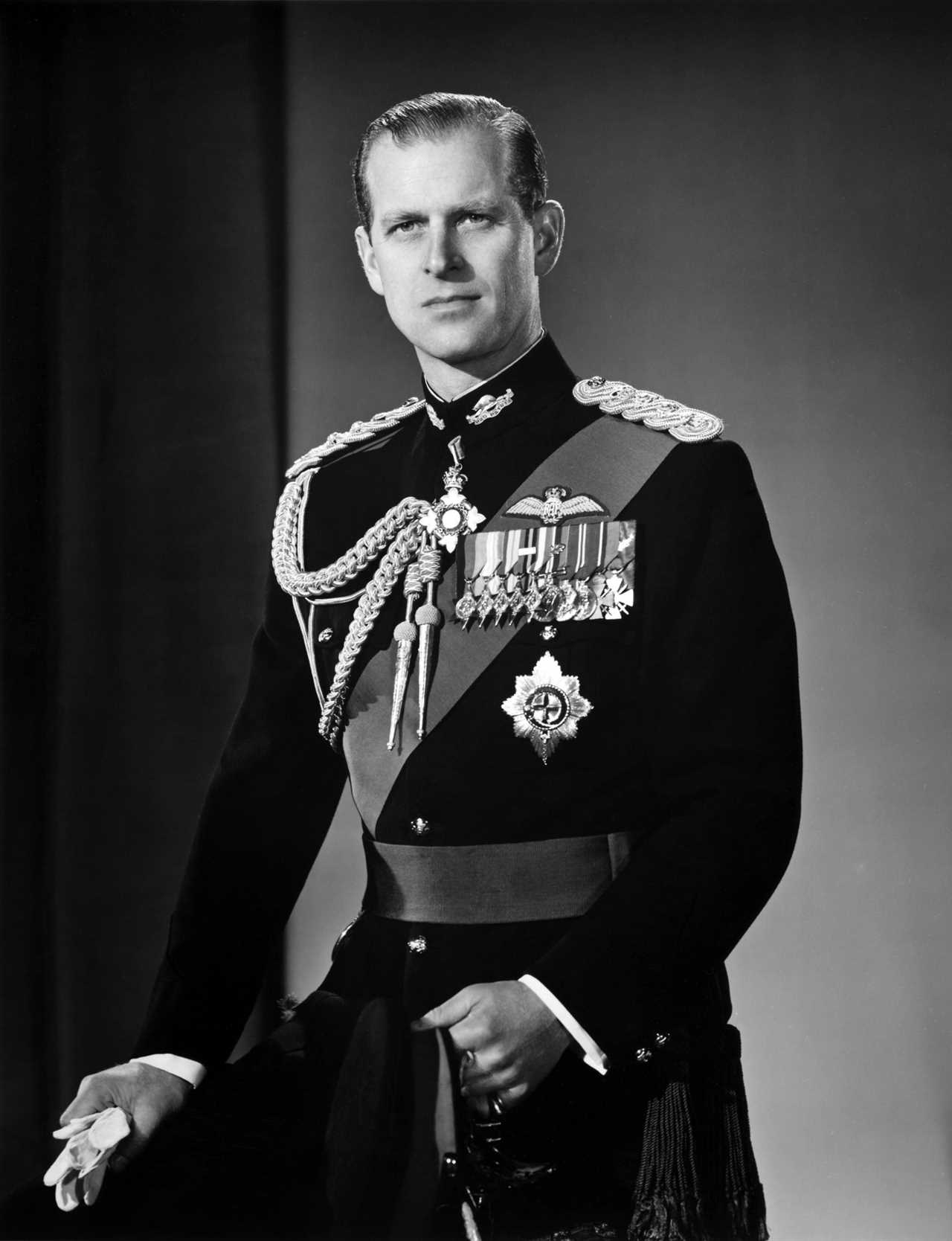
There is a legal requirement to register the death within five days.
Philip’s death came just weeks after he was taken to London’s King Edward VII Hospital on February 16 after feeling unwell.
Two weeks later, he was transferred to St Bart’s Hospital for treatment for an infection and heart condition.
Buckingham Palace then announced on Tuesday, March 16 he had been released from hospital and was in “good spirits” and “comfortable”.
In recent years, the duke had recently struggled with ill-health, spending time in hospital before Christmas in 2019 following a fall.
He was also involved in a car crash in January 2019 after his vehicle collided with another vehicle near the Sandringham estate.
His health scares have included heart problems, arthritis, abdominal surgery and bladder infections.
In April 2018 he had a hip replacement operation but had recovered well for Prince Harry and Meghan Markle’s wedding a month later.
The statement from the Palace on the day of his death read: “It is with deep sorrow that Her Majesty The Queen has announced the death of her beloved husband, His Royal Highness The Prince Philip, Duke of Edinburgh.
“His Royal Highness passed away peacefully this morning at Windsor Castle.
“The Royal Family join with people around the world in mourning his loss.”
The royal passed away two months and one day short of what would have been his 100th birthday.
BBC radio stations immediately interrupted broadcasts with the news of his death and played the national anthem shortly after in a sign of respect.
Announcing the news, the official Royal Family website was replaced with a single page and heartfelt tribute to the Duke.






